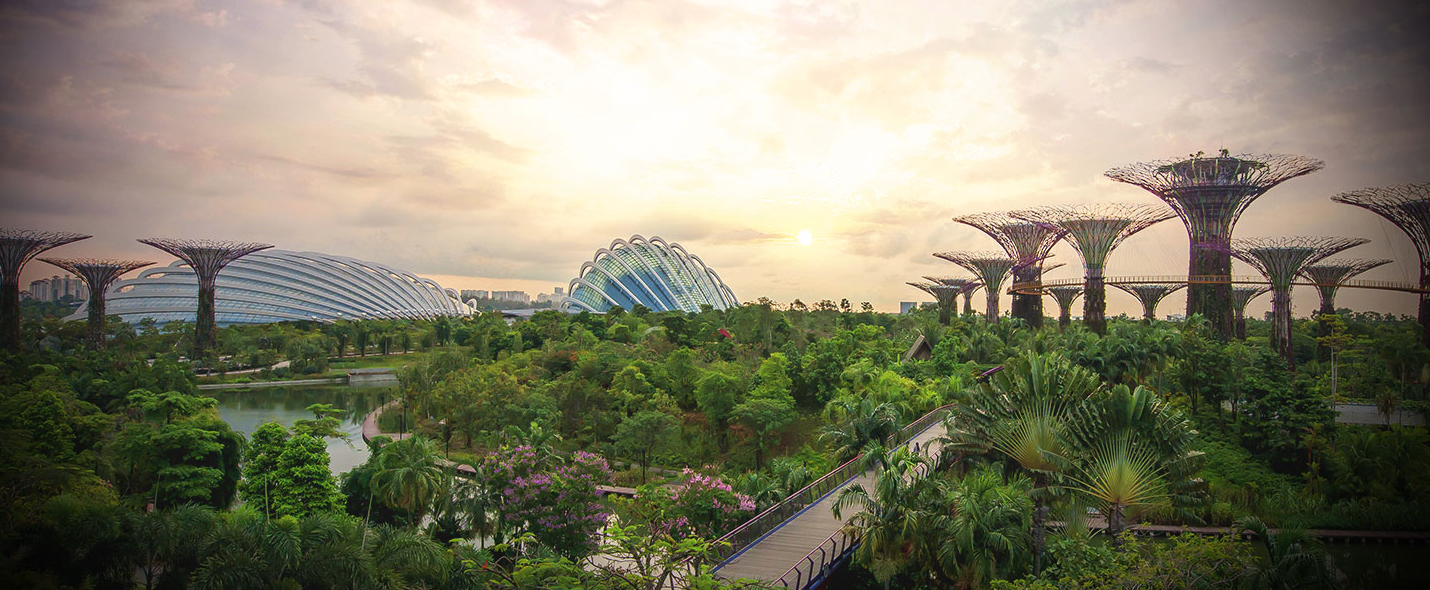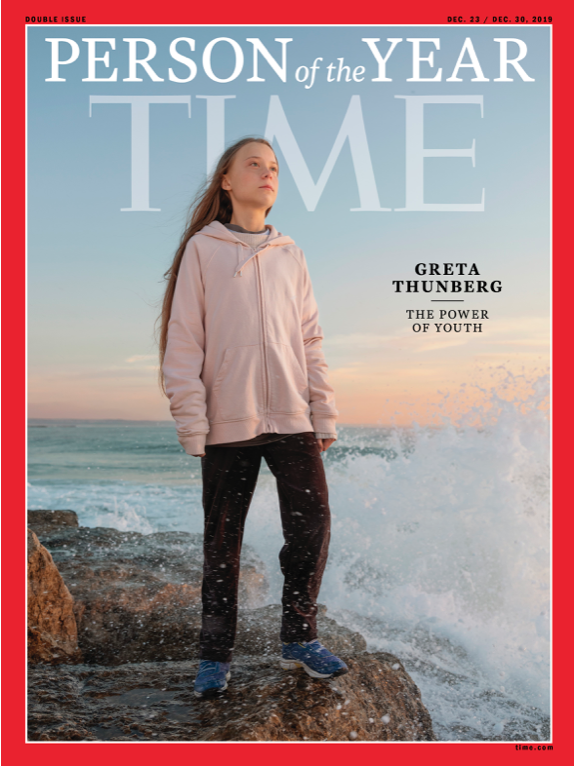
By this point, you are probably very worried about what global warming will mean to your future. You should be worried, but you should also remember that the future hasn’t happened yet, which means we still have the power to shape it. Moreover, if we shape it successfully, the future could be a very bright one.
In this section, we’ll focus on how we can solve the problem of global warming. The solution is really very simple: We know that the primary cause of global warming is the emission of carbon dioxide from the burning of fossil fuels. Therefore, the obvious solution is to stop those emissions. Remarkably, we already have all the technology necessary to do this, and in the future we’ll have more and better technologies. If we take action to implement this technology soon enough, you might well spend most of your life in a world where global warming has become a problem of the past.
Section Learning Goals
By the end of this section, you should be able to answer the following questions:
- What existing technologies could solve the problem of global warming?
- What future technologies might help even more?
- What does it take to implement a solution?
- What will your world look like after we solve global warming?
Before you continue, take a few minutes to discuss the above Learning Goal questions in small groups or as a class. For example, you might discuss what (if anything) you already know about the answers to these questions; what you think you’ll need to learn in order to be able to answer the questions; and whether there are any aspects of the questions, or other related questions, that you are particularly interested in.
Activity
Greta Thunberg on Global Warming
In 2019, Time Magazine named 16-year-old climate activist
Greta Thunberg as their “person of the year,” indicating that
the magazine staff thought her global influence that year
was greater than that of any other single individual. Here is
one of her most famous quotes, in which she states how she
thinks people should react to an understanding of the
danger of global warming:
I want you to panic.
I want you to feel the fear I feel every day.
And then I want you to act.
— Greta Thunberg, Age 16, speaking at the
World Economic Forum in Davos, Switzerland.
- What main message do you think she is trying to convey with the above quote? For example, why do you think she talks about panic and fear before urging action?
- Watch the following 3-minute video that accompanied the article about her “person of the year” selection, then spend a few minutes discussing it with your classmates. For example, what does she mean when she talks about a “tipping point”? How has she turned a disability (her Asperger’s syndrome) into an advantage? Why do think she was chosen as “person of the year”? Do you agree with the selection?
- Use this link to read the full “TIME person of the year” article about Greta Thunberg. Then prepare a 2-to-3-minute presentation about her that you could give to someone (perhaps a family member) who is not already familiar with how and why she became famous.
We are now into the most critical part of teaching global warming “with inspiration, not fear,” since it takes inspiration to be focused on solutions. We strongly suggest assigning this activity and the following journal entry, because your students are very close in age to the age of Greta Thunberg when she began her climate action. The activity should be fairly straightforward, but a few notes:
- (1) The main goal of this question is to help students see how fear can be motivating rather than paralyzing, by inspiring us to action. Note: If you did the earlier discussion “Seeing the Light at the End of the Tunnel,” you may wish to refer back to that, since it carried a similar message.
- (2) Here, the goal is primarily to have students watch the video and spend a few minutes discussing it. The included questions are samples only; you may wish to steer the discussion in other ways.
- (3) This question asks students to prepare a short, oral presentation about Greta. Part of the reason, of course, is so that they’ll learn more about her themselves. However, it’s also quite likely that many of their parents (or other family members) don’t know how or why Greta became famous, so students might actually want to give this presentation to their families.
Journal Entry
Greta Thunberg and You
If you haven’t already done so, be sure to read the quote, watch the video, and read the article referenced in the above Activity. Then write a journal entry of any length (but at least a couple paragraphs) about how Greta Thunberg’s words and actions make you feel about the importance of action on global warming, about the role of young people in tackling the issue, and about your own role in shaping our future with respect to this issue.
The above Activity gave students a chance to discuss Greta’s words and actions with classmates. Some students will have thoughts that they either didn’t get time to share or might not be comfortable sharing with the entire class. This journal entry is therefore designed to give students a chance to reflect more personally. Some students may only write a short bit to satisfy the requirement, but you may have some students who will end up writing for several pages — something that should be strongly encouraged.
